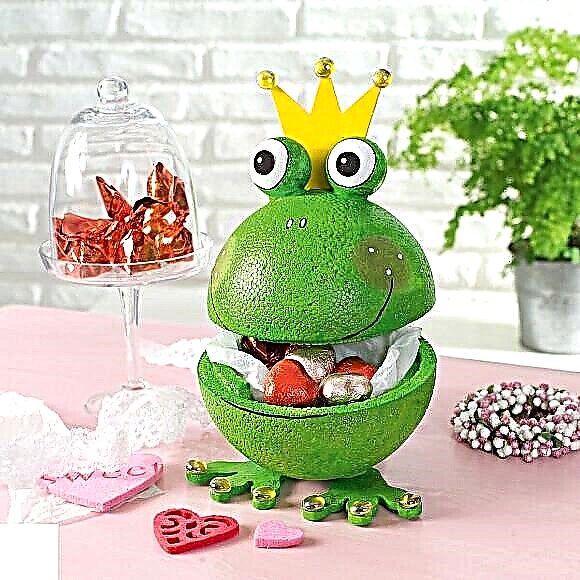We decided to personally verify the methods for removing spider webs from the fabric described on the net. Results and conclusions - in the master class.

"Spider line" or adhesive tape / edge - non-woven adhesive material that is used to connect parts. For example, when bending the bottom of the trousers, when connecting the details of the collar or cuff, side and collar, and so on. It’s easy to glue the web: we put it between the parts and iron it. But how to remove an already glued web, if there is such a need? We have compiled popular tips on this topic and tested them.
We used a simple "cobweb" -weave without a base and dense wool mixture. Specially took contrasting materials, for clarity. Glued pieces of cobwebs between the shreds - and began checking.



Life hack: how to fix a spider web with a steam
1 way: steam

The most popular advice: to act on the glued "cobweb" with hot steam.
How do we act: we place the fabric with the "spider line" on the ironing board and, not touching the fabric with the iron, but bringing the sole closer, process it with hot steam. Option - use a steam generator. After that, immediately disconnect the layers of tissue, the "spider line" should be separated from the fabric.
Result: after exposure to steam, the glued layers of fabric are easily separated, but the remains of the cobweb remain on both sides where it is glued. It is almost impossible to remove them without additional funds.

2 way: iron + cloth flap

The second option involves re-sticking the "cobweb" on a shred of unnecessary tissue.
How do we act: Separate the layers held together by a "spider web". We apply a shred and iron to the fabric with the tape. Remove the shred - "spider web" should be removed with it.
Result: I had to iron the fabric several times with a cobweb through a shred, but there were still hints of the presence of glue.

3 way: solvent

Exposure to alcohol or another solvent (such as nail polish remover) should, according to the advice, remove the cobweb. Surely the method is not suitable for all types of fabric. First, check how alcohol or solvent acts on your material in an inconspicuous area.
How do we act: we separate layers of fabric with a "spider line". We apply alcohol or another solvent to the cotton pad and clean the tape.
Result: we used cotton wool moistened with vodka for one side of the patch, and cotton wool with nail polish remover for the other. Vodka showed itself in the best way, quickly and cleanly removing the "cobweb". The nail polish remover worked worse.

4 way: wash

To remove the cobweb, it is recommended that you simply wash the fabric with the tape glued.
How do we act: we separate the glued layers of fabric and we erase. We took a sample from 1 method (separated layers of tissue from which the "cobweb" has not been removed) and washed manually with a liquid agent.
Result: in the middle of the patch, where it was convenient to wash it, the cobweb moved away well.Along the edges, where it was inconvenient to rub the shred, the pieces of the cobweb curled up, but remained on the fabric. The edges of the flap frayed. This fabric is dense, and the flap almost did not change its shape, and a more mobile material could be significantly deformed.

5 way: mechanical

If the fabric is sufficiently dense and fleecy, you can try to mechanically remove the cobweb from it.
How do we act: we separate the layers of tissue and remove the "spider line" with your hands or helping yourself with tweezers.
Result: the "spider web" withdrew almost without a trace. However, this method is suitable for materials with pile: the tape is removed with particles of pile. Another disadvantage is that it’s quite a long and time-consuming process to shoot a web.

Findings:
* If the fabric allows it, try removing the "cobweb" with a cotton swab with vodka or medical alcohol. The easiest and most effective way. But the fabric after that will have to at least rinse and dry.
* In second place in terms of performance is washing. However, a part not from any fabric will retain its original shape after such an impact. The edges are disheveled for sure.
* If you remove the “spider line” to the last drop of glue, and you need to keep the shape and edges of the part, you can use the method with gluing the “spider line” onto a shred. The method gives a good result, and you do not need to wet and rub the fabric.
Master class and photo: Natalya Pykhova
How to duplicate the details of coats and jackets
How to cut faster - 9 tips and life hacks
Life hack: how to sew a patch pocket from a jersey evenly
Life hack: neat applique on knitwear with embroidery paper



